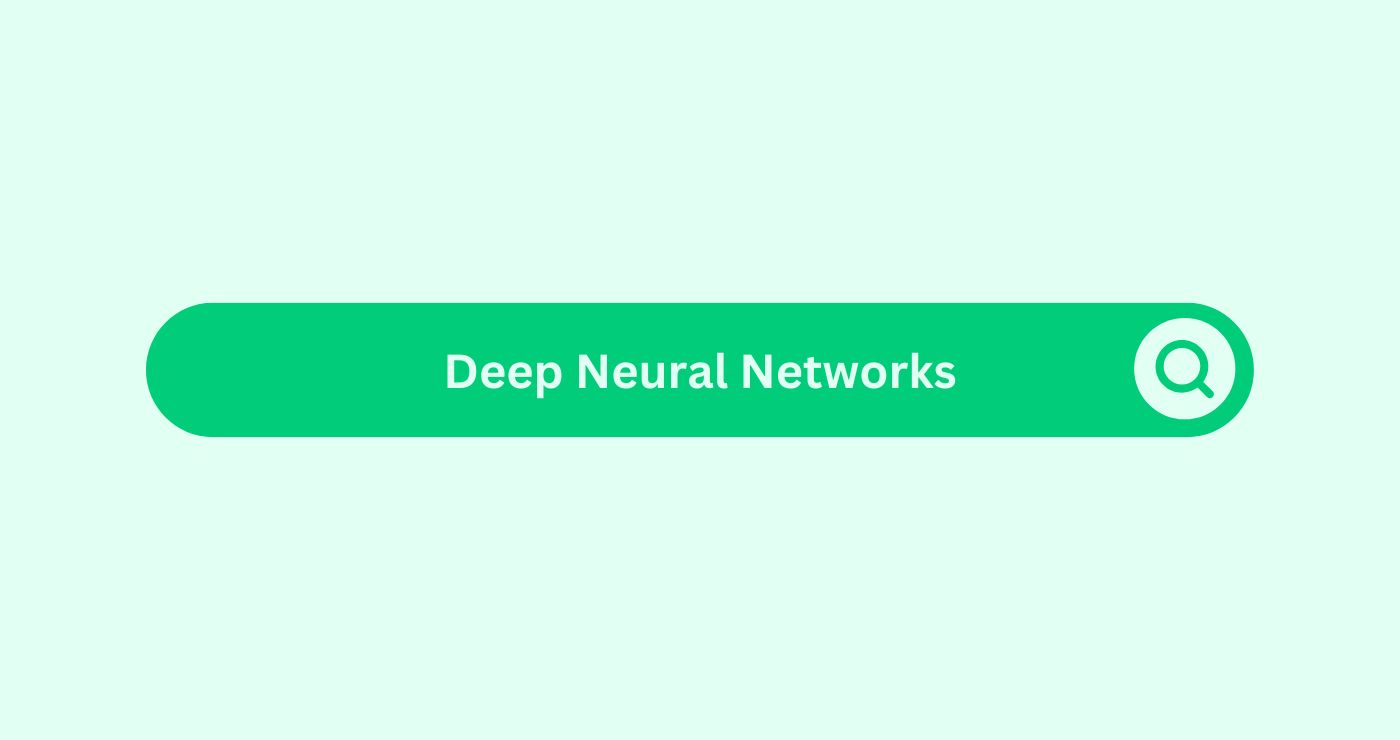Definition
Deep Neural NetworksDefinition Neural networks take their cue from the human bra... (DNNs) in AI Terms in Content MarketingDefinition Content marketing strategically creates and share... are layered machine learning models that mimic how the human brain processes complex information. Each layer interprets different features of the input data—allowing the system to detect patterns, extract meaning, and make decisions automatically.
For a SEO company, DNNs can analyse user behaviourDefinition What is User Behaviour in Social Media Marketing?... across thousands of queries to forecast which keyword groups improve organic visibility. A performance marketing agency may use DNNs to predict which ad creatives resonate best with specific audienceDefinition The term "Audience" refers to the group of indivi... clusters. Meanwhile, a digital marketing Auckland team could deploy DNNs to personalise email content based on micro-behaviours like scroll speed, click depth, and viewing time.
Deep neural networksDefinition Neural networks take their cue from the human bra... unlock predictive insights that help content marketers scale personalisationDefinition Personalisation refers to the process of tailorin..., forecast trends, and automate high-stakes creative choices—without relying on gut instinct.
Example
Imagine a performance marketing agency running campaigns across multiple sectors. Using DNNs, the team feeds in structured and unstructured dataDefinition
Unstructured data refers to information that ...: customer profiles, ad performance, product pages, and engagementDefinition Engagement in content marketing refers to the deg... metricsWhat are Metrics in the context of SEO? Metrics in SEO refer.... The model identifies that users who click on blog posts with listicle headlines and visit FAQs are 2.7× more likely to convert.
Using this, the content team tailors creative assets accordingly. Over the next 60 days, ad spend ROI improves by 42% and bounce rates drop by 25%. The deep neural network didn’t just predict patterns—it revealed what drives actual customer intent.
DNNs translate noisy marketing data into decisive creative moves.
Formulas & MetricsWhat are Metrics in the context of SEO? Metrics in SEO refer...
Below are essential elements in evaluating DNNs for content marketingDefinition Content marketing strategically creates and share... performance:
| Metric | Formula or Use Case | Example Output |
|---|---|---|
| Accuracy (%) | Correct predictions / Total predictions × 100 | 92% accuracy in content relevanceDefinition In SEO, relevance refers to the degree to which a... |
| Loss Function | Measures prediction error (e.g., binary cross-entropy) | 0.17 (lower means better predictions) |
| Layers in DNN | Multiple layers between input and output | 6–12 layers typical for marketing tasks |
| Activation FunctionDefinition An Activation Function in AI Terms in Content Mar... | Transforms node output (e.g., ReLU, Sigmoid) | ReLU used in most marketing DNNs |
| Training Epochs | Full passes through training data | 50 epochs for content topic classifier |
DNNs work best with large, varied datasets, helping digital marketing Auckland teams unlock insights that static analyticsDefinition In SEO, analytics involves collecting, measuring,... miss.
5 Key Takeaways
- Deep neural networksDefinition Neural networks take their cue from the human bra... allow AI models to understand context, sentimentDefinition Sentiment in the SEO space refers to the emotiona..., and behavioural signals in content.
- They automate content decisions based on patterns that humans might overlook.
- SEO companies use DNNs to group keywordsDefinition Keywords are crucial for SEO success as they conn... by semantic relevanceDefinition In SEO, relevance refers to the degree to which a... and user intent.
- Performance marketing agencies deploy DNNs to tailor content delivery to shifting customer segments.
- With the right training data, DNNs power smarter automation, predictive targeting, and deeper insights.
FAQs
How do DNNs differ from regular machine learning?
They use multiple hidden layers to process complex, nonlinear data, enabling deeper understanding.
What type of data can be processed by DNNs in content marketing?
Text, visuals, clickstreams, behavioural metricsWhat are Metrics in the context of SEO? Metrics in SEO refer..., and even audio can be interpreted and labelled.
Are DNNs too complex for smaller agencies?
Not at all. Many AI platforms now offer pre-trained DNNs that agencies can deploy with minimal setup.
How do DNNs help improve SEO performance?
They analyse patterns in content, user behaviourDefinition What is User Behaviour in Social Media Marketing?..., and search data to suggest structural and topical improvements.
Do DNNs need constant retraining?
Yes, periodic retraining ensures the model adapts to new user trends and market shifts.




